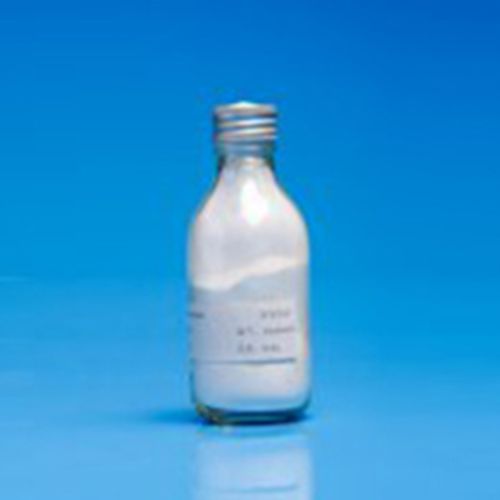The project name
Urokinase plasminogen activator system.
Reference range
0.41 ± 0.15 ng/ml(ELISA).
Clinical significance

1. Urokinase plasminogen activator system has three components: urokinase
plasminogen activator (uPA, a 53 kD serine protease), uPA membrane binding
receptor (uPAR), and uPA inhibitors pai-1 and pai-2.
2. UPA is a single chain inactive polypeptide, which is activated by
breaking between lysine at 158 and isoleucine at 159. The activation process can
be catalyzed by various proteases, including cathepsin B, L and hK2. The
activated forms of uPA include A chain and B chain, A chain ACTS on uPA membrane
binding receptor (uPAR), and B chain has catalytic activity. The most
characteristic activity of uPA is plasminogen activation into plasminogen, which
breaks down the extracellular matrix (ECM) and activates interstitial
metalloproteinases (MMPs), which also breaks down ECM and activates and releases
growth factors (fibroblast growth factor FGF2 and transforming growth factor
TGF- beta). In vivo, uPA activity is regulated by pai-1 and pai-2 inhibitory
molecules, which have other functions such as promoting angiogenesis, promoting
cell adhesion and migration, and inhibiting apoptosis.
3. UPA is used to predict the prognosis of breast cancer and other
tumors.
1) breast cancer uPA is the first protease to increase when breast cancer
metastases, which is of certain value in determining prognosis. Multiple studies
have confirmed that primary breast cancer patients with high uPA activity have
poor prognosis, and uPA can be used as an independent prognostic indicator. UPA
is comparable to lymph nodes in determining overall survival. In addition, the
value of uPA is reflected in the diagnosis of breast cancer patients with
negative regional lymph node tissue examination, thus avoiding unnecessary
clinical chemotherapy. Pai-1 is associated with angiogenesis, inhibition of
apoptosis and anti-upa, etc. Therefore, high levels of pai-1 are associated with
invasive breast cancer and other tumors. The combined detection of uPA and PAI-1
can be used to predict the prognosis of breast cancer. Generally speaking,
increased levels of uPA and/or PAI-1 indicate poor prognosis. Patients with uPA
content less than 0.3 ng and pai-1 content less than 14 ng per mg of tissue had
better prognosis.
2) uPA of other tumors also has certain application value in determining
the prognosis of colorectal cancer. It was found that uPA can determine the
prognosis of patients with locally infiltrated but unmetastasized lymph nodes
(Dukes stage B). Other studies have shown that uPA is helpful in determining the
prognosis of a variety of tumors, including ovarian, kidney, hepatocellular,
pancreatic, glioma, urinary tract, bladder, lung adenocarcinoma, and cervical
cancer. Thus, uPA can be used as a "broad spectrum" prognostic marker.
Factors affecting the
At present, the detection method is not uniform, the batch number of
monoclonal antibody is also different, the results of different detection
methods are different, so that the reference value of the standard is not the
same.
methodology
Enzyme-linked immunoassay (ELISA), immunohistochemistry.